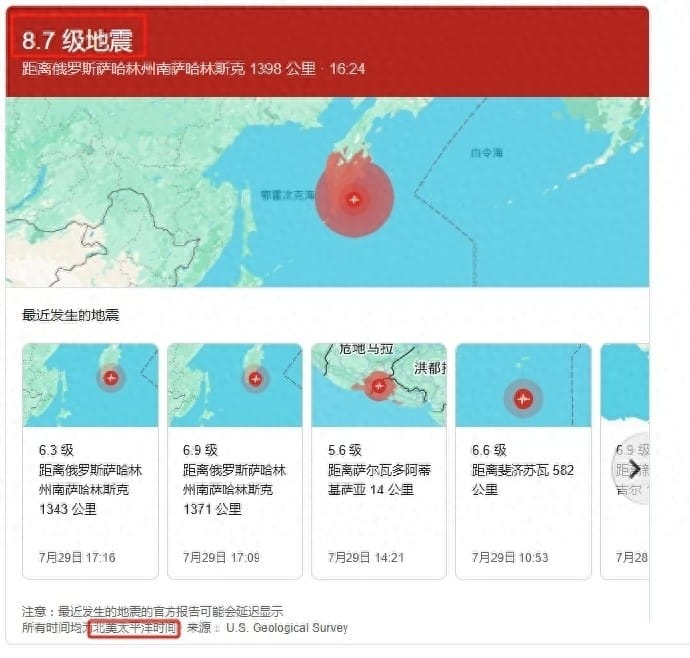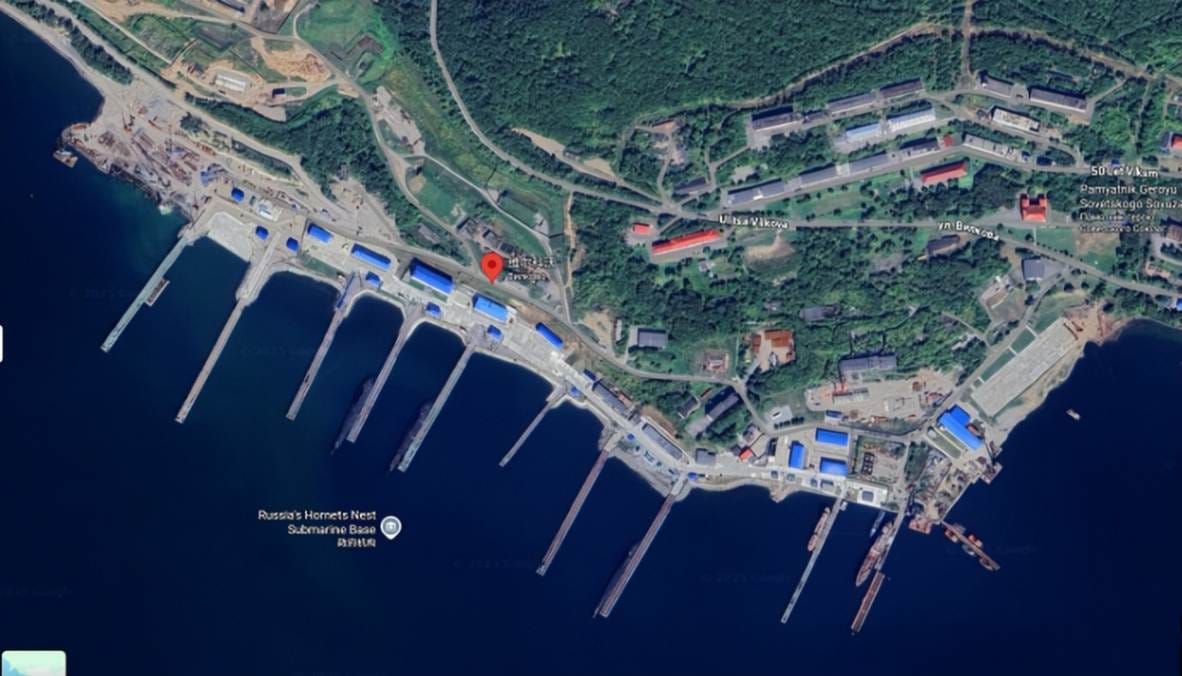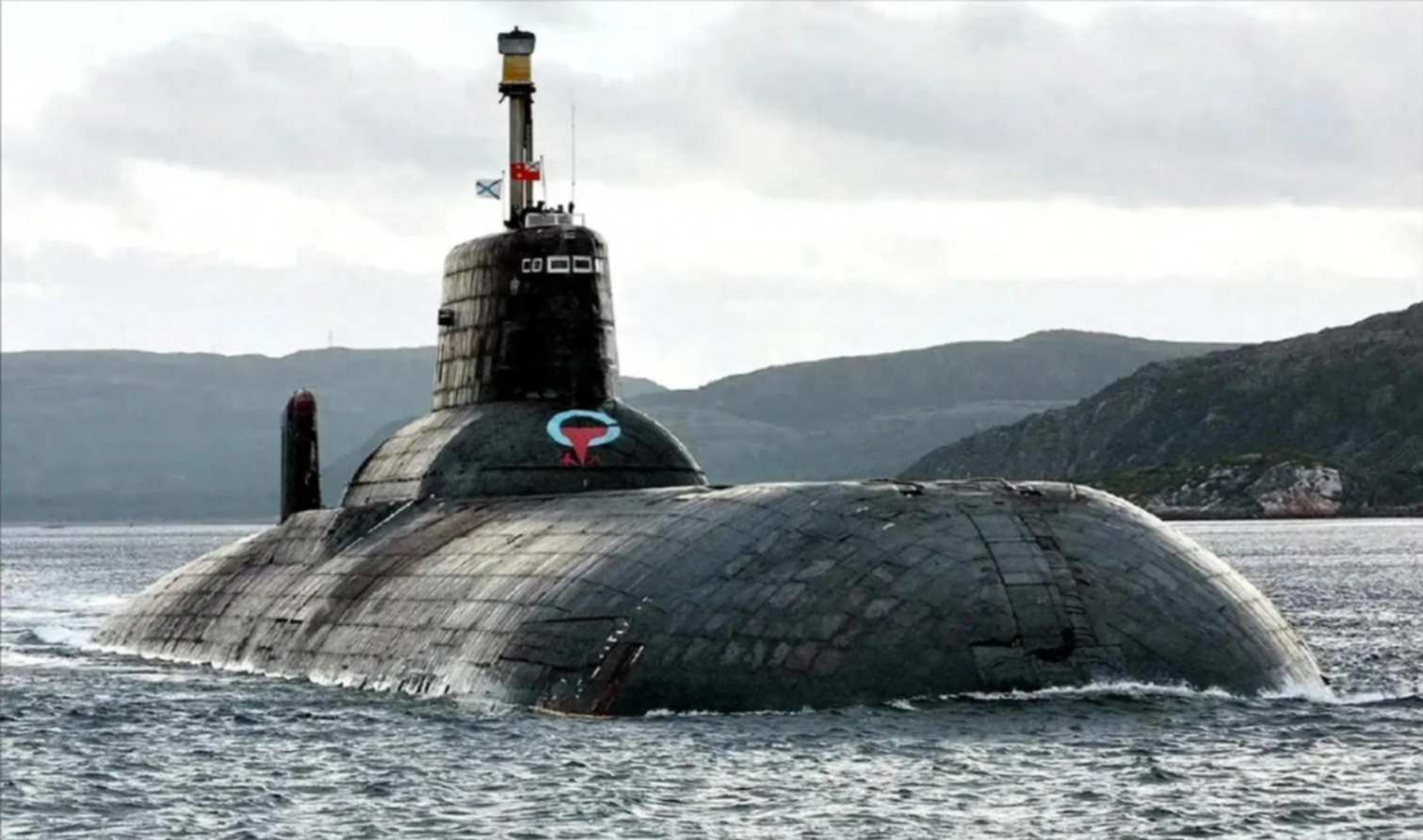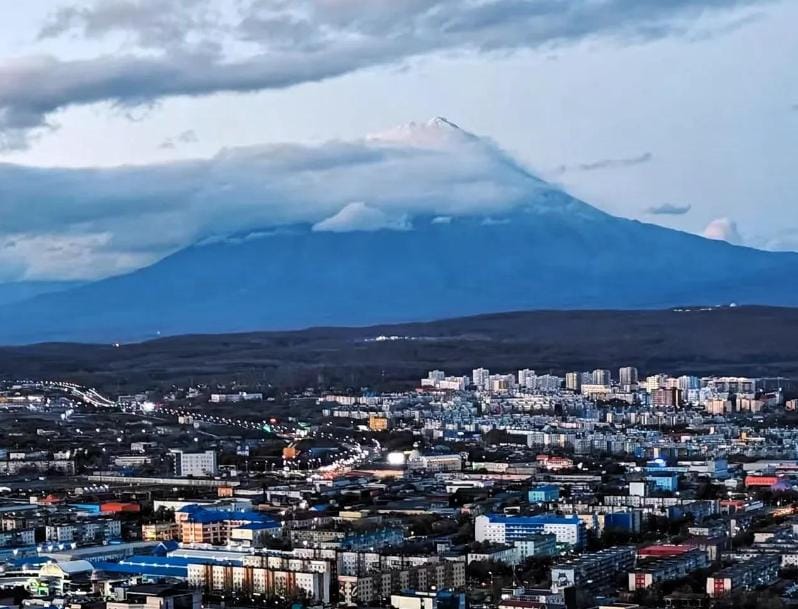8.7 Magnitude Earthquake Strikes Russia's Far East Near Nuclear Submarine Base
An 8.7 magnitude earthquake near Russia’s Lebyazhiy nuclear submarine base has triggered tsunamis and global security concerns. Explore its impact and risks.

Introduction: When the Earth Shakes—Literally 😨
On July 30th, 2023, the Russian Far East was rocked by a brutal 8.7 magnitude earthquake near the Kamchatka Peninsula. Not just any earthquake, this one came dangerously close to the Lebyazhiy nuclear submarine base, a vital hub for Russia's Pacific nuclear fleet. 🌊 The quake sent four-meter-high tsunami waves racing across coastal regions, triggering warnings from Japan to the US West Coast. Nature’s raw power met a critical military asset—what could possibly go wrong?

The Lebyazhiy Nuclear Submarine Base: Russia’s Underwater Fortress ⚓️
Nestled on the southeastern coast of Kamchatka, the Lebyazhiy base is often described as the "heart" of Russia’s Pacific submarine strength. It’s home to Russia’s most advanced strategic nuclear submarines, including the feared ‘Borey’ (North Wind) class vessels. These underwater giants carry numerous nuclear warheads and form the backbone of Russia's strategic deterrent.
Now, imagine the base vulnerable to powerful natural forces. Its position on low-lying coastal terrain makes it susceptible to earthquake damage and tsunami flooding. Beyond the submarines themselves, there's a complex network of maintenance and nuclear reactor facilities that if compromised, could have catastrophic consequences.

What Does an 8.7 Quake Mean Near a Nuclear Base? ⚠️
First, let's be clear: an 8.7 magnitude earthquake is incredibly severe, extremely rare, and capable of widespread destruction. The tremors caused significant disruptions in communication and coastal installations in Kamchatka, but more pressingly, raised concerns about possible damage to nuclear-related infrastructure.
Recall Japan’s 2011 Fukushima disaster—triggered by an earthquake and tsunami combo—which unleashed a nuclear meltdown. While Russia hasn’t reported any nuclear incidents at Lebyazhiy, the proximity to such a violent natural event is reason for global attention.
The Russian military has surely activated emergency protocols. Satellite imagery and monitoring continue to assess the situation, but experts warn that potential damage to docks, storage facilities, or underground nuclear materials could have serious security and environmental fallout.
Global Ripple Effects: Why Everyone Is Watching 🌍
The Lebyazhiy base isn’t just a Russian military secret. It’s a key pillar in global nuclear balance and strategic deterrence. If the earthquake had inflicted heavy damage, this could weaken Russia’s nuclear triad and alter security dynamics.
Moreover, countries with coastal nuclear submarine bases—like the US—face similar geological threats. Rising tectonic activity and climate change-driven risks are forcing governments worldwide to rethink nuclear safety in disaster-prone zones.
Japan, the US, China, and others keep a watchful eye on tsunami warnings and early detection systems to prevent history's mistakes from repeating.

Conclusion: Nature’s Reminder, Security’s Challenge 🌪️
This earthquake serves as a stark reminder that natural disasters and national security are deeply intertwined. In an age where a single tremor can cascade into geopolitical tensions or environmental crises, rigorous safety measures around nuclear facilities are more critical than ever.
As investigations continue, the world hopes for minimal damage and takes this event as a prompt to safeguard all nuclear assets under threat from Mother Nature’s unpredictability.
After all, when the Earth shakes, so does the balance of power. Let's stay alert and informed. 🛰️




